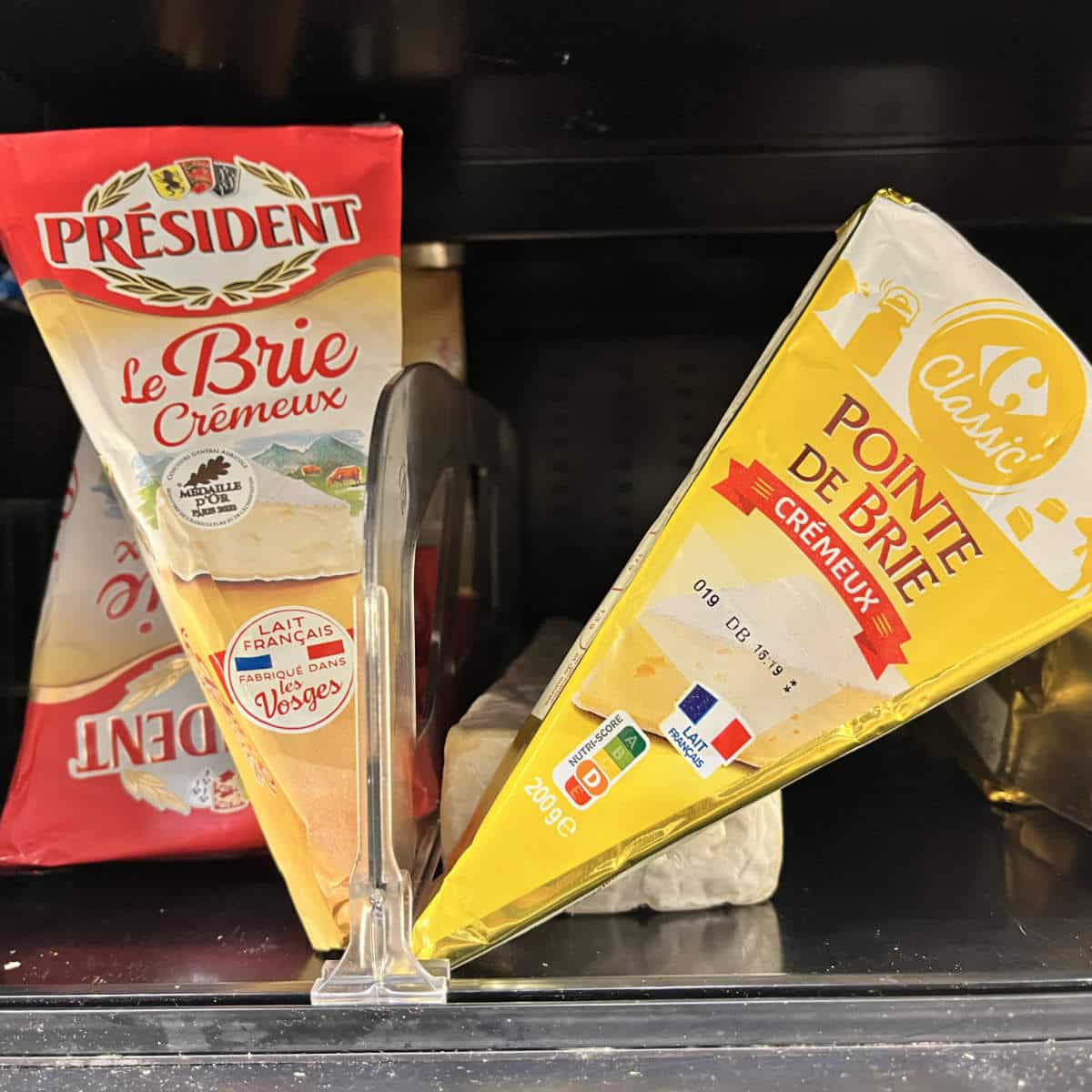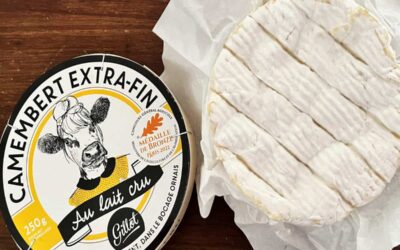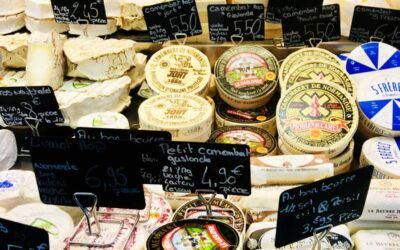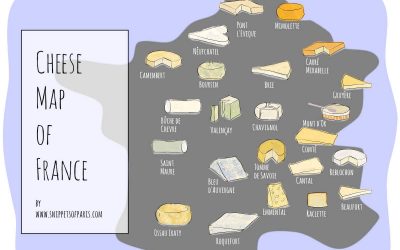One of the most popular cheeses in France is also one of the oldest. Brie cheese is one of France’s top exports, with some forms of Brie dating back over 2000 years.
Today, there the various varieties of brie abounding all around the world. So let’s see what exactly is brie cheese and why it has become so popular, shall we? Allons-y!
- 1. It is a soft cheese that comes from Brie, France.
- 2. It is made from cow's milk.
- 3. There are several types of brie cheese.
- 4. Only Brie de Meaux and Brie de Melun are certified.
- 5. The rind of the brie can be eaten.
- 6. Some of the brie cheeses are pasturized.
- 7. Brie is usually sold as a "wheel".
- 8. It has a strong taste and smell.
- 9. There is a proper way to cut Brie cheese.
- 10. Brie can be used in recipes like the brie en croute.
- 11. Brie pairs well with wine.
- 12. Other ways to serve Brie
1. It is a soft cheese that comes from Brie, France.
Brie is a soft cheese that originated from the Brie region of France. It is known to have existed at least as early as the Roman conquest of Gaul (Old France), but its exact origins are unclear.
King Robert II the Pious is known to have tasted brie cheese in 999AD, and the market-city of Provins is known to have featured largely in brie’s commercial appeal.
2. It is made from cow’s milk.
Brie cheese is made from cow’s milk which is then curdled using are age-old traditional methods. It is produced from whole or semi-skimmed milk, which is then curdled by adding rennet to raw milk and warming it to a maximum temperature of 37 °C (98.6 °F).
The cheese is then formed into a small, round shape and left to mature for 18 hours. The surface of each cheese is then sprayed with a mold called Penicillium candidum and the cheeses are left to ripen for around 4-5 weeks.
3. There are several types of brie cheese.
There are several variations of Brie cheese, including Brie de Meaux, Brie de Melun, and Brie Noir. These variations differ in terms of taste, texture, and production methods.
Brie Noir refers to a brie that has been matured for several months, turning a dark brown in color. There are also several other types of brie cheese, which are less famous but nonetheless popular.
4. Only Brie de Meaux and Brie de Melun are certified.
Brie is not a protected AOC (appellation protégée), but there are two Bries that are protected. Brie de Meaux and Brie de Melun are entitiled to use the AOC after their name, if they meet all the requirements.
When buying brie look for cheeses that have the following letters on their packaging as a sign of quality:
- AOC – Appellations d’origine contrôlée
- AOP – Appellations d’origine protégée
- IGP – Indication géographique protégée
The names refers to the towns they come from within the Ile-de-France region, just outside Paris. Both cheeses are quite similar in taste.
Brie de Meaux is officially the oldest brie cheese dating back to the 8th century, manufactured in the town of Meaux from unpasturized milk. Brie de Melun is also unpasturized from the town of Melun, having been granted the protection of AOC status in 1980.
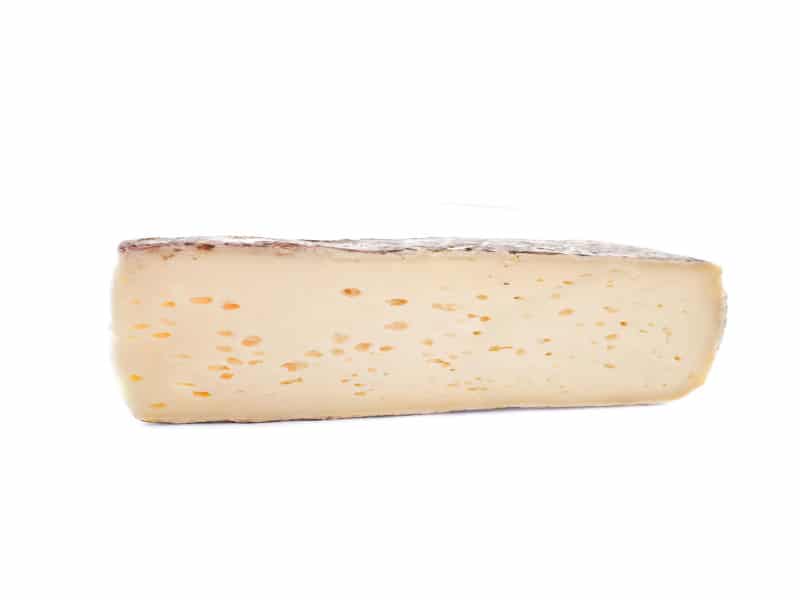
5. The rind of the brie can be eaten.
Brie cheese has a soft and creamy texture with a white, bloomy rind and a yellow interior. It has a mild and slightly tangy flavor with a hint of nuttiness.The rind of the brie should not be cut off as this soft cheese is meant to be eaten in its entirety.
6. Some of the brie cheeses are pasturized.
Because only two types of brie cheese have the AOP label, it is not a protected name in the way “camembert” is. This means that there are many versions of brie cheese that are pasteurised.
When looking at a label for French brie, you can see if notes that it is:
- “au lait cru” meaning from raw milk, or
- “au lait pasteurisé” meaning from pasturized milk.
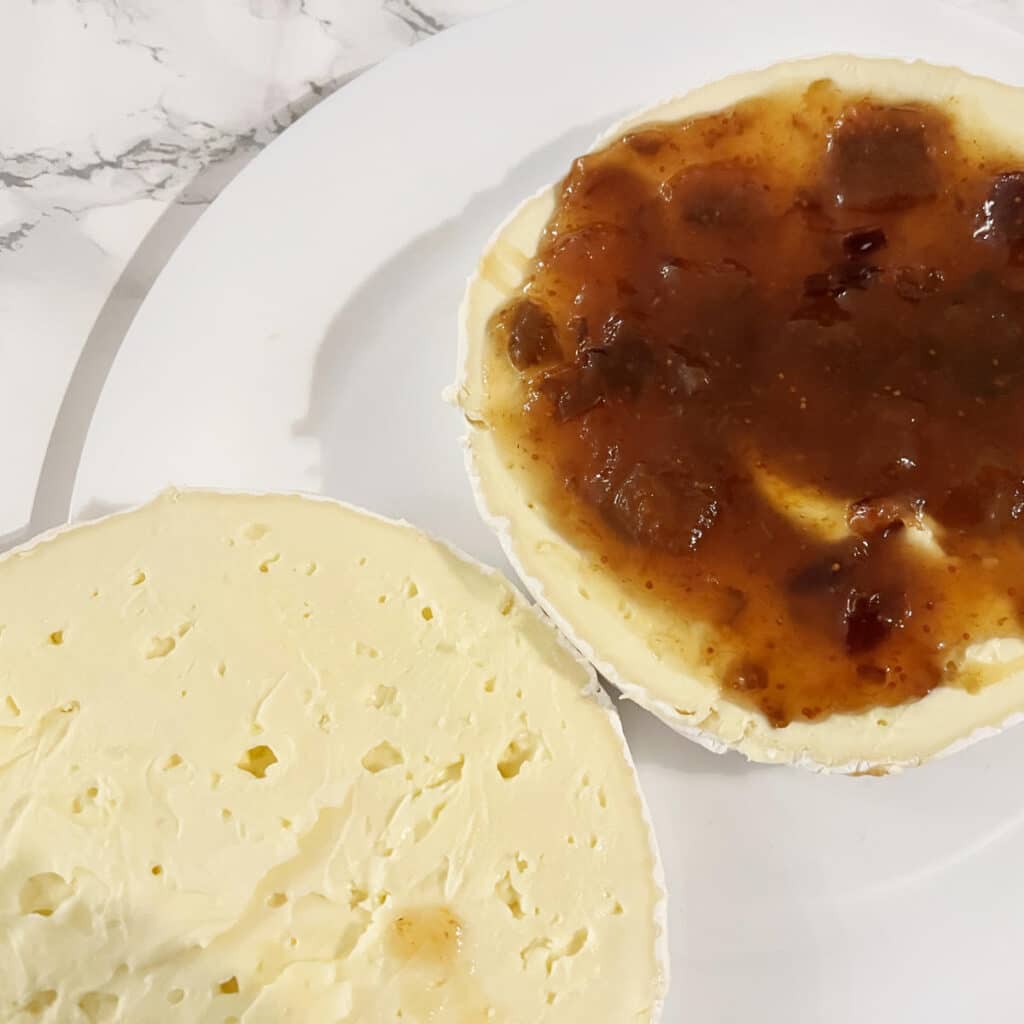
7. Brie is usually sold as a “wheel”.
Since brie is usually molded in a round form, it is usually sold as a wheel. The wheel can also be sliced like a cake and sold in triangles. Brie does not usually come in a wooden box, but it can on occasion.
8. It has a strong taste and smell.
The taste of the brie cheese becomes stronger once the package is opened. After 3-4 days, the smell and taste becomes much stronger so be sure to eat it quickly.
9. There is a proper way to cut Brie cheese.
In France, there are cheese etiquette rules for how to cut the brie cheese. For round cheeses like the brie wheel, the easiest way to remember how to cut them is like a cake. Start in the center, and work your way out.
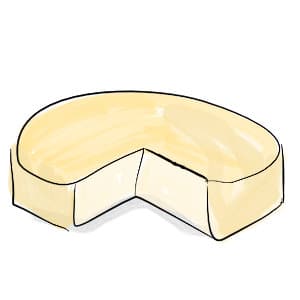
But if you bought a brie triangle, it can either be cut like the hard cheese version above, or they can be sliced length-wise.
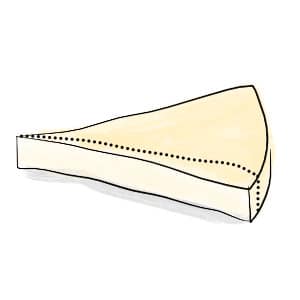
One school of thought says you should never cut off the point, while the other school of thought says cutting lengthwise is impractical and leads to an unwieldy portion of cheese.
10. Brie can be used in recipes like the brie en croute.
A popular French appetizer is the Brie en croute. The Brie is wrapped in puff pastry and baked until warm and gooey for a decadent and indulgent treat.

The melted cheese is then scooped up with the crust, a French bread or even crackers. You can get the recipe for brie en croute here.
11. Brie pairs well with wine.
The smooth texture of brie goes well with many wines, and even champagne. Champagne may seem like a rather extravagant choice for a wine and cheese pairing, but in France, champagne is not reserved only for special occasions.
You can also serve it with a crémant, which is another sparkling wine similar to champagne.
12. Other ways to serve Brie
There are several ways to use brie. The Brie cheese can be added to sandwiches for a rich sumptuous meal, or can be melted over burgers or steaks. It can also be chopped and spread over salads with a balsamic dressing for a quick and easy meal.

If you enjoyed that article, you may like to read more about how to prepare a French cheese board. A bientôt!
